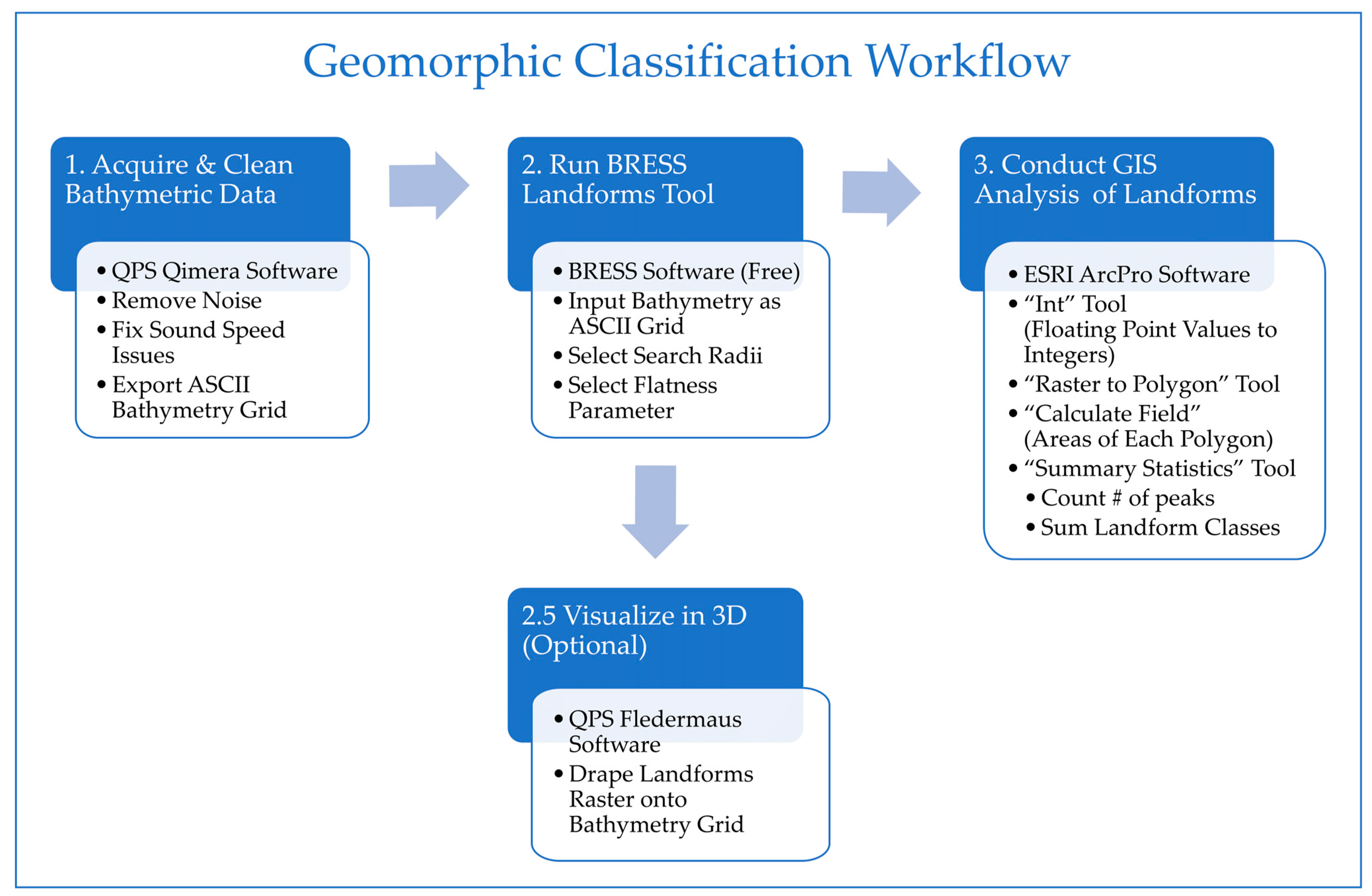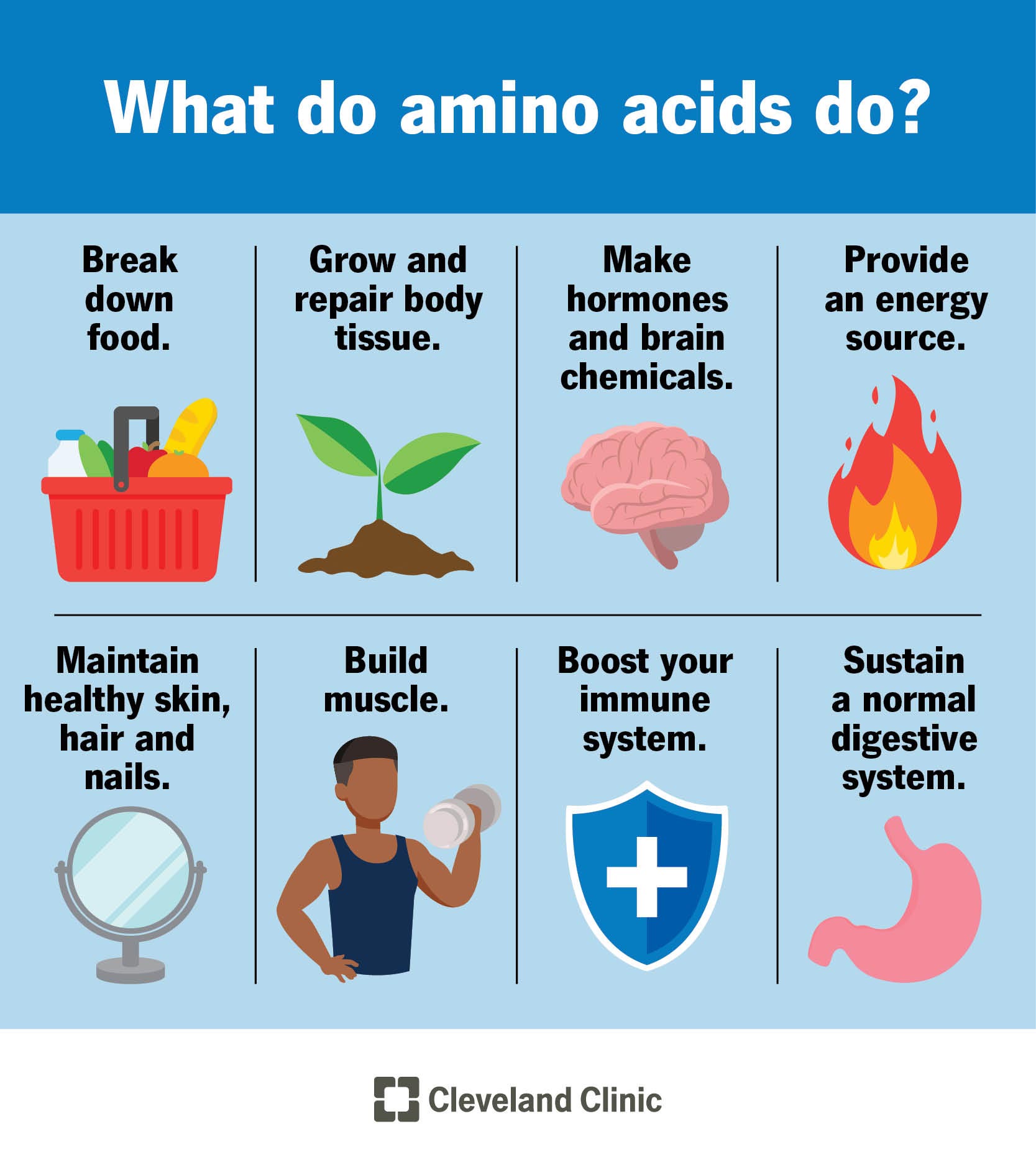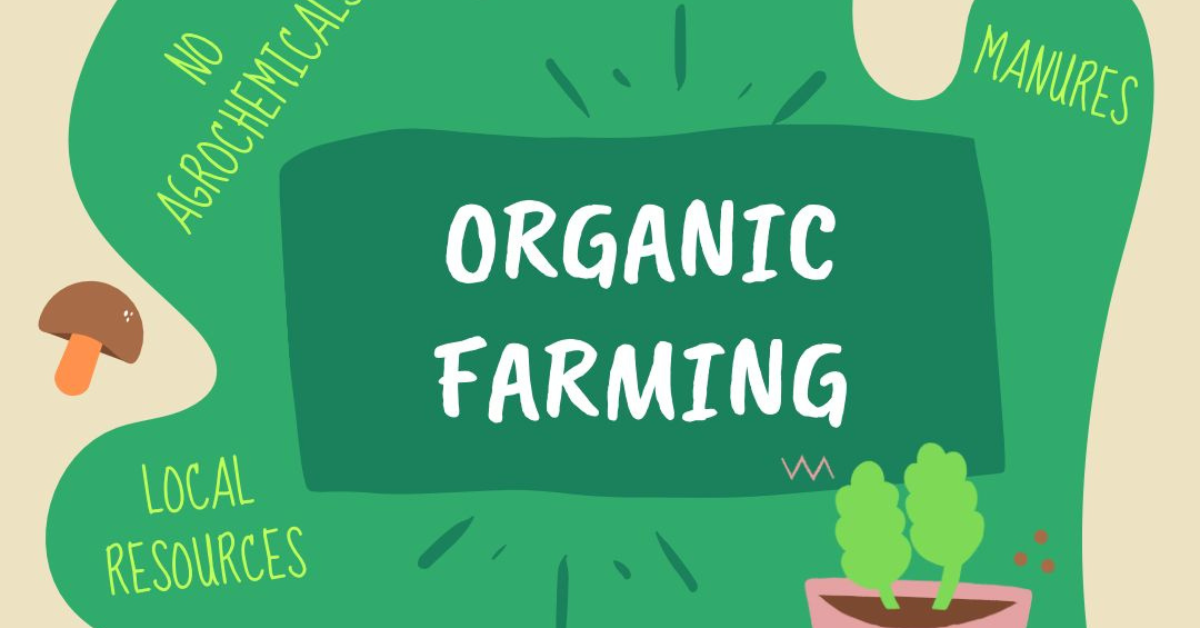What are Nutrients? Nutrients are chemical substances found in food that are required by the body to provide energy, give the body structure, and help regulate chemical processes.There are six classes of nutrients: 1. carbohydrates. 2. lipids. 3. proteins. 4. water. 5. vitamins. 6. minerals. Nutrients can be further classified as either macronutrients or micronutrients and either organic or
Nutritional Types of Bacteria • Microbe Online
Carbohydrates Definition – Carbohydrates are the body’s primary energy providers. The general empirical formula for carbohydrates is (CH2O)n. Carbohydrates are divided according to their chemical structures into three major types such as Monosaccharides, Disaccharides, and Polysaccharides. Visit BYJUS to learn more about it.

Source Image: mdpi.com
Download Image
organic or inorganic, as well as whether or not they provide energy to the body (energy-yielding). Energy is measured in calories (kcal). We’ll discuss these different ways of classifying nutrients in the following sections. Macronutrients: Carbohydrates, Lipids, Proteins, and Water
-1%20(1).webp?width=770&height=385&name=Resize_Copy%2Bof%2BWWW.hOLGANIX.COM%2B(6)-1%20(1).webp)
Source Image: holganix.com
Download Image
Types of Organic Fertilizers for plants – Importance and Advantages – TrustBasket 25.1: Classification of Carbohydrates. classify a specific carbohydrate as being a monosaccharide, disaccharide, trisaccharide, etc., given the structure of the carbohydrate or sufficient information about its structure. classify a monosaccharide according to the number of carbon atoms present and whether it contains an aldehyde or ketone group.

Source Image: conductscience.com
Download Image
Classify Each Description According To The Type Of Organic Nutrient.
25.1: Classification of Carbohydrates. classify a specific carbohydrate as being a monosaccharide, disaccharide, trisaccharide, etc., given the structure of the carbohydrate or sufficient information about its structure. classify a monosaccharide according to the number of carbon atoms present and whether it contains an aldehyde or ketone group. Nutrients are substances the body needs for energy, building materials, and control of body processes. There are six major classes of nutrients based on biochemical properties: carbohydrates, proteins, lipids, water, vitamins, and minerals. Fiber, which consists largely of nondigestible carbohydrates, is sometimes added as the seventh class of
Biomolecules: Types and Functions – Conduct Science
The more mice there are on an island, the less food each has to eat. population distribution. availability of raw material and energy. the amount of nutrients in the water. For most of its approximately million year history, the human population has been in the ____ phase of population growth. the movement of genes within a population from The Different Ways To Classify Soil Types: By Order, Texture/Characteristics/Particle Size, Colors, Regions & More – Better Meets Reality

Source Image: bettermeetsreality.com
Download Image
Fertigation In Agriculture: Benefits, Methods, And Applications The more mice there are on an island, the less food each has to eat. population distribution. availability of raw material and energy. the amount of nutrients in the water. For most of its approximately million year history, the human population has been in the ____ phase of population growth. the movement of genes within a population from

Source Image: eos.com
Download Image
Nutritional Types of Bacteria • Microbe Online What are Nutrients? Nutrients are chemical substances found in food that are required by the body to provide energy, give the body structure, and help regulate chemical processes.There are six classes of nutrients: 1. carbohydrates. 2. lipids. 3. proteins. 4. water. 5. vitamins. 6. minerals. Nutrients can be further classified as either macronutrients or micronutrients and either organic or

Source Image: microbeonline.com
Download Image
Types of Organic Fertilizers for plants – Importance and Advantages – TrustBasket organic or inorganic, as well as whether or not they provide energy to the body (energy-yielding). Energy is measured in calories (kcal). We’ll discuss these different ways of classifying nutrients in the following sections. Macronutrients: Carbohydrates, Lipids, Proteins, and Water

Source Image: trustbasket.com
Download Image
Amino Acid: Benefits & Food Sources Nov 21, 2023Organic nutrients contain carbon, while inorganic nutrients lack carbon. Plants typically acquire inorganic nutrients like water and minerals from the soil. Organic nutrients like

Source Image: my.clevelandclinic.org
Download Image
What is Eutrophication? – Classification, Causes, Effects 25.1: Classification of Carbohydrates. classify a specific carbohydrate as being a monosaccharide, disaccharide, trisaccharide, etc., given the structure of the carbohydrate or sufficient information about its structure. classify a monosaccharide according to the number of carbon atoms present and whether it contains an aldehyde or ketone group.

Source Image: tutoroot.com
Download Image
Organic Farming: Sustainable Agriculture Insights Nutrients are substances the body needs for energy, building materials, and control of body processes. There are six major classes of nutrients based on biochemical properties: carbohydrates, proteins, lipids, water, vitamins, and minerals. Fiber, which consists largely of nondigestible carbohydrates, is sometimes added as the seventh class of

Source Image: tracextech.com
Download Image
Fertigation In Agriculture: Benefits, Methods, And Applications
Organic Farming: Sustainable Agriculture Insights Carbohydrates Definition – Carbohydrates are the body’s primary energy providers. The general empirical formula for carbohydrates is (CH2O)n. Carbohydrates are divided according to their chemical structures into three major types such as Monosaccharides, Disaccharides, and Polysaccharides. Visit BYJUS to learn more about it.
Types of Organic Fertilizers for plants – Importance and Advantages – TrustBasket What is Eutrophication? – Classification, Causes, Effects Nov 21, 2023Organic nutrients contain carbon, while inorganic nutrients lack carbon. Plants typically acquire inorganic nutrients like water and minerals from the soil. Organic nutrients like